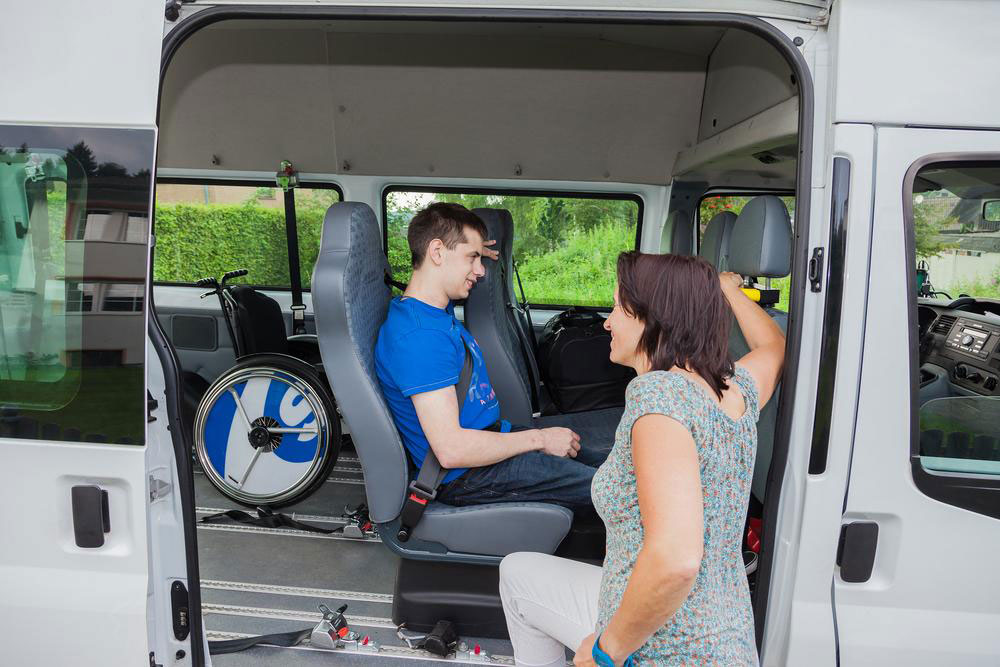Complete Guide to Roadside Assistance Services for Wheelchair-Accessible Vehicles
This comprehensive guide explores essential factors to consider when choosing roadside assistance for wheelchair-accessible vehicles. It highlights coverage options, specialized services, and key considerations to ensure safety, convenience, and peace of mind for wheelchair van users in emergency situations. Learn how to select the best provider tailored to your needs for reliable support on the road.

Complete Guide to Roadside Assistance Services for Wheelchair-Accessible Vehicles
Experiencing a vehicle breakdown can be an overwhelming and stressful situation, especially if your daily mobility depends on a wheelchair-accessible vehicle (WAV). For individuals who rely heavily on these specialized vans for independence and transportation, having a reliable roadside assistance plan is not just a convenience—it’s a necessity. Fortunately, there are tailored roadside support services designed specifically for wheelchair-accessible vans, including both new and pre-owned models. These services are created to provide peace of mind, ensuring that help is just a call away whenever you need it. This comprehensive guide aims to inform you about critical factors to consider when choosing a roadside assistance plan for your wheelchair van, the types of services offered, and how to select the most suitable provider to meet your specific needs.
Understanding the importance of specialized roadside support for wheelchair vans is essential. These vehicles often require unique handling and support in case of breakdowns, flat tires, or other emergencies. Unlike typical vehicles, wheelchair vans have additional features like ramps, lifts, and specialized seating that require careful attention from roadside service providers. Ensuring your provider understands the complexities of these vehicles can make a difference in response times and quality of service, ultimately ensuring your safety and mobility are maintained at all times.
Coverage and Plan Options: The extent of roadside assistance coverage can vary significantly based on your vehicle type and your chosen plan. Whether you own, rent, or drive a used wheelchair accessible vehicle, all users should have access to essential roadside support services. When selecting a plan, it’s crucial to review what exactly is covered—an ideal service plan should include comprehensive assistance tailored for wheelchair vans, including towing, repair, and other emergency services. Because wheelchair vans often have unique features, some insurance providers may offer specialized coverage options that address these particular needs.
Towing and Transportation Services: A fundamental component of any roadside assistance plan is towing. Confirm whether the plan includes towing services for your wheelchair van in case of breakdowns. It’s equally important to clarify where your vehicle will be transported—whether to a nearby repair shop, your preferred dealership, or another location. Ask if the towing service specializes in handling wheelchair vans, which often have specific ramps and lifts that require careful maneuvering. Ensuring the towing service provider has the proper equipment and experience can prevent further damage and expedite repairs.
Additional Benefits and Convenience Features: Many roadside assistance plans offer added perks without extra charges, which can significantly enhance your experience. For example, some plans provide follow-up assistance, priority response times, or coverage for ancillary services like lockout help or fuel delivery. For wheelchair van users, these extra services can be invaluable—whether it’s quick ramp assistance, spare tire replacement, or help with battery jumps. When choosing a provider, evaluate what supplementary features they offer and how these benefits meet your specific requirements.
Providers Specializing in Disability Support: For optimal service, look for roadside assistance providers who have specific experience working with individuals with disabilities. These providers are often more adept in handling the unique features of wheelchair-accessible vehicles, offering faster response times and more affordable, tailored solutions. Their familiarity with ramps, lifts, and other modifications ensures that your vehicle is handled properly during emergencies, reducing the risk of additional damage or delays.
Other Key Considerations: When selecting a roadside assistance plan, consider whether services include critical interventions such as flat tire repairs, fuel delivery, lockout assistance, and battery jump-starts. These auxiliary services are essential for wheelchair van users, especially during urgent situations where mobility is compromised. Additionally, given the increased vulnerability often faced by individuals with disabilities, in some cases, immediate access to medical aid or emergency response may be needed. Ensure your plan explicitly covers these aspects or provides swift access to emergency medical services.
Final Remarks: To conclude, choosing the right roadside assistance plan tailored for wheelchair-accessible vehicles involves careful consideration of coverage scope, provider expertise, and extra benefits. Prioritize services that understand your vehicle’s specific features and your mobility needs. An ideal plan not only offers technical support but also ensures peace of mind, allowing you to focus on your daily activities without concern about unexpected breakdowns or emergencies. Regularly review and update your roadside support plan to keep pace with any changes in your vehicle or lifestyle for continuous safety and convenience.




